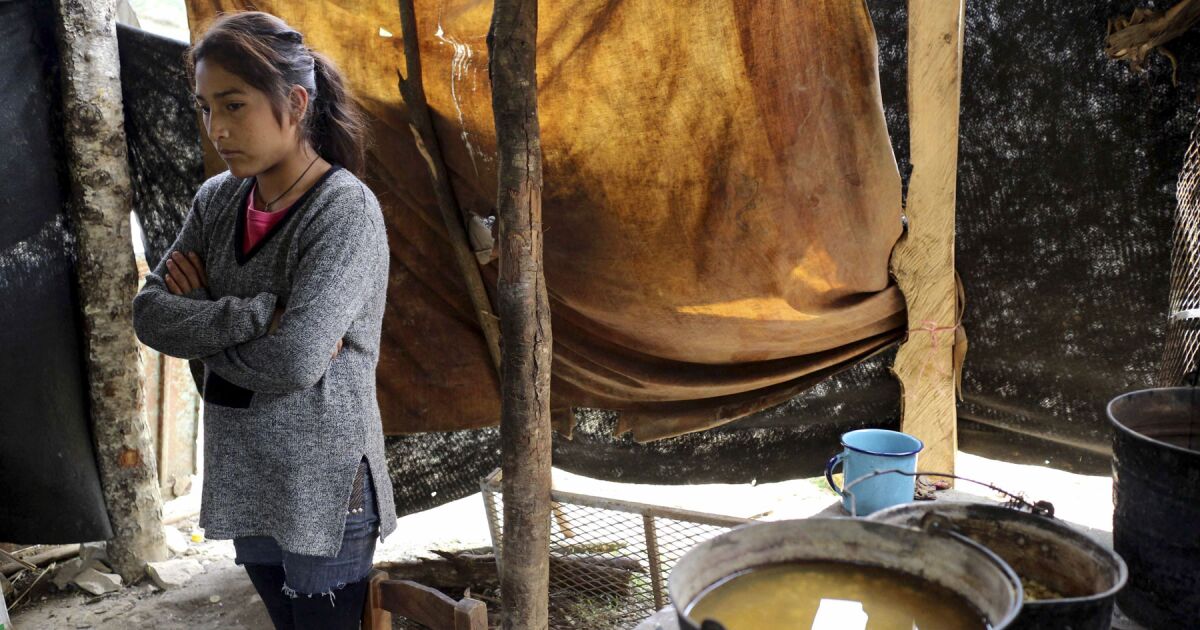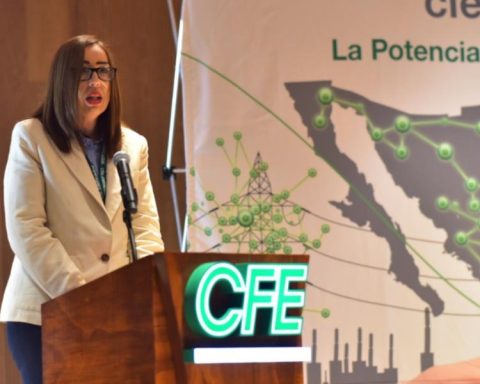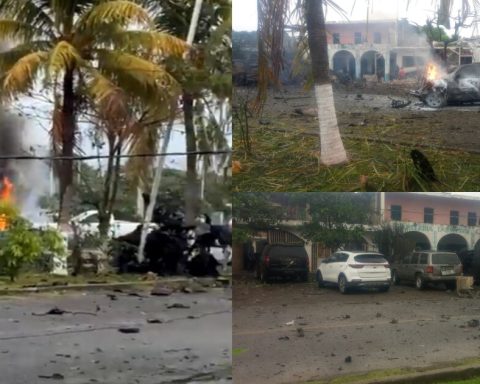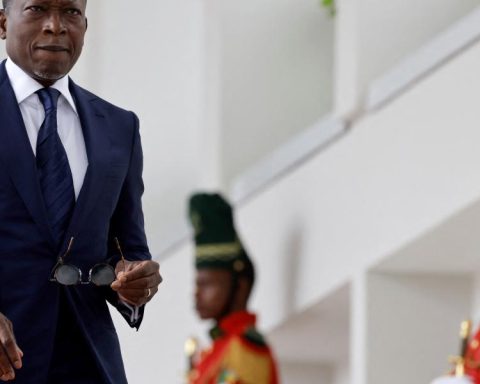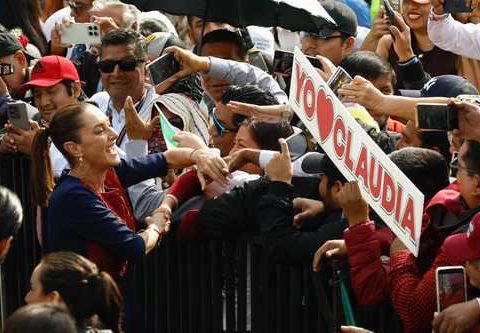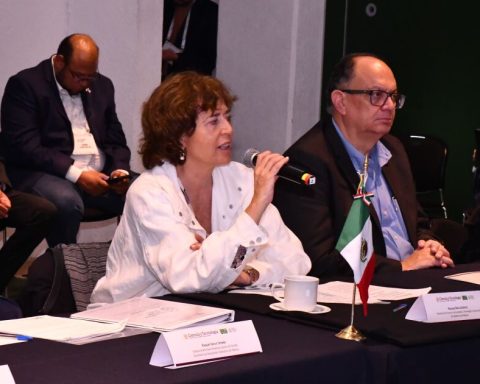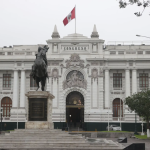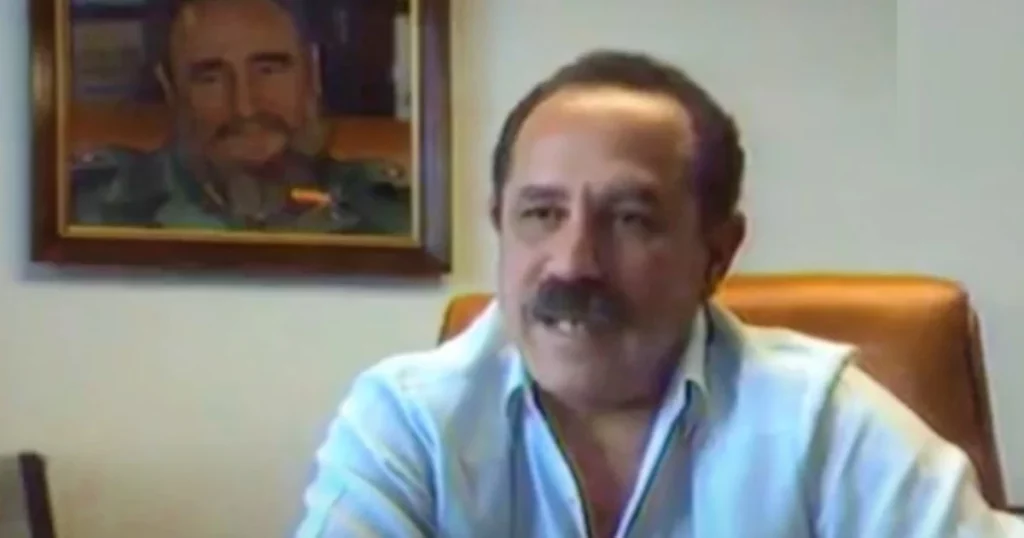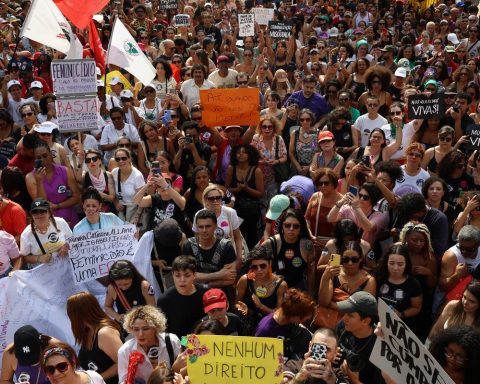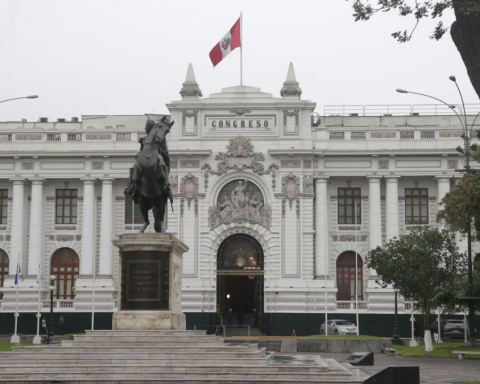What is multidimensional poverty?
Unlike monetary poverty, which is determined by the percentage of the minimum expenditure to cover a household food and non-food basket; Multidimensional poverty considers non-monetary deficiencies that affect people’s well-being.
“The multidimensional poverty index is born from the concept of human development, proposed by Amartya Sen in the eighties, which speaks of development as the freedom that the individual has to be able to access what they want to do. And to do this you need a series of capabilities beyond money. That is, there are more variables that give you the freedom to be what you want to be,” explains Borja Santos, Vice Dean School of Politics, Economics and Global Affairs at IE University.
The factors involved are those deprivations of capabilities that prevent a person from being able to achieve their objectives and goals that they have reason to value, the report describes. Through the Alkire-Foster methodology, the proportion (incidence) of the population that is considered multidimensional poor (H) and the intensity of their deficiencies (A) are taken into account. IPM = H x A.
The levels used in the BBVA study are health and economic dependency, education and living standards. These, in turn, are divided into particularities to measure each indicator.
Mexico leads multidimensional poverty
The study compared the incidence of multidimensional poverty in Mexico, Argentina, Colombia and Chile, with recent information from 2022 and 2023.
To measure the intensity of poverty, the number of deprivations that are above the threshold or cut-off line = 0.20 or 20% of the population is calculated.
BBVA’s Multidimensional Poverty Index (MPI) shows that Mexico is above other countries, with an incidence of 50.6%, when the average among countries is 41%.
In terms of intensity, the average was 37%, and Mexico reached 39.7%.
The sectors with the greatest lack are health, economic dependency and educational backwardness.
According to the report, the southern, south-central and eastern areas are the most affected by the IPM, with a score of 0.30, 0.22 respectively. Mexico City, the capital, suffers the least from the problem, with 0.11.
At a crossroads with monetary and multidimensional poverty, 31% of Mexico’s population is in structural poverty.
